Up to 1,000 times faster than traditional CPUs!
Codenamed ‘Pohoiki Beach,’ the new chip processes data like a biological brain by simulating a whole network of neurons, allowing the silicon to process information ‘up to 1,000 times faster.’
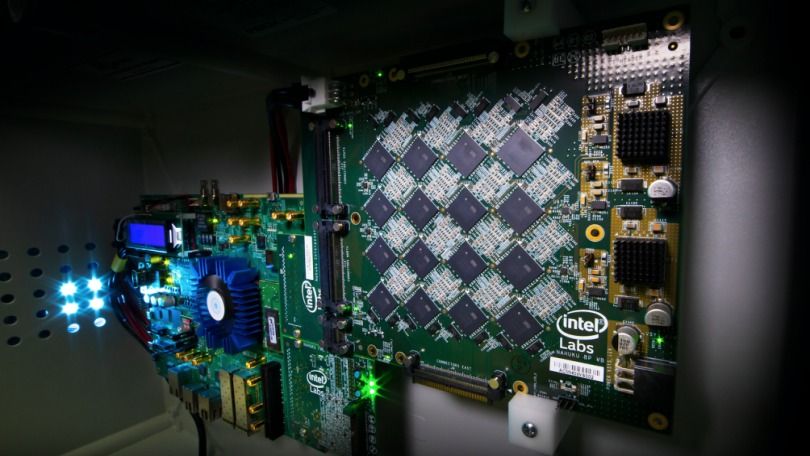
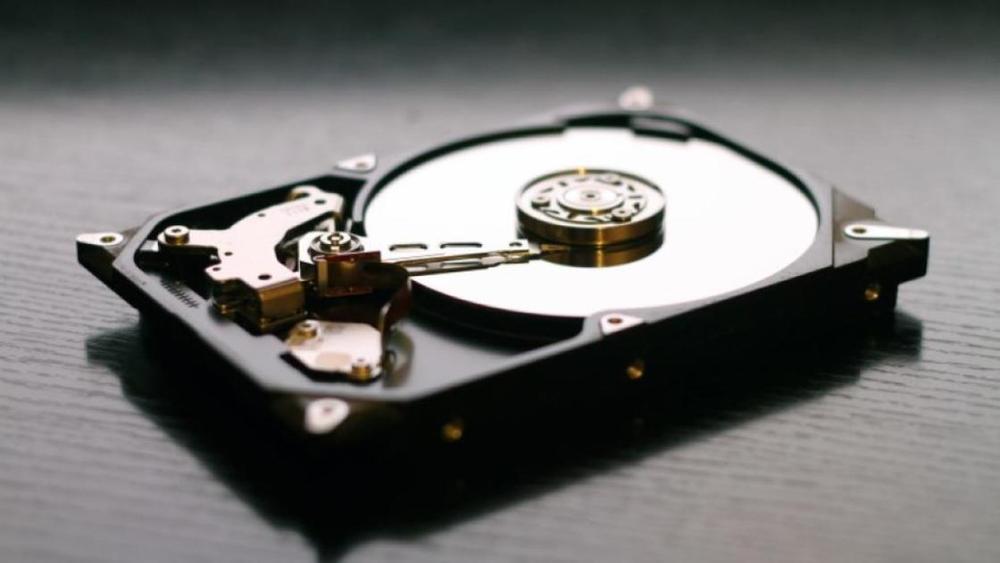
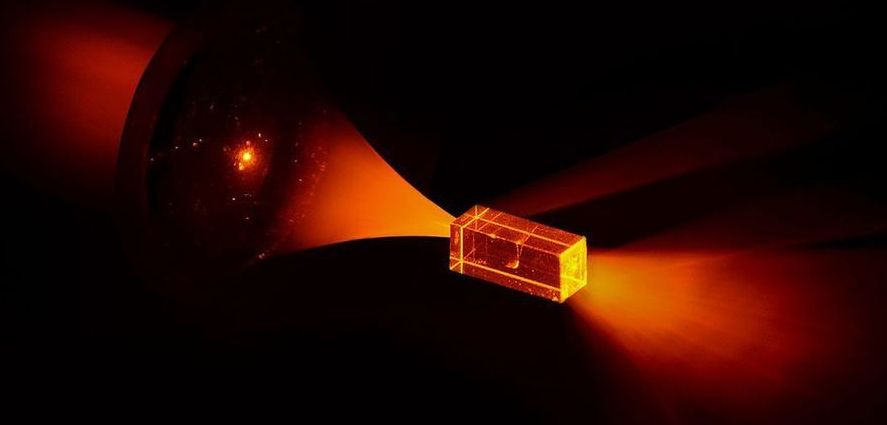
O.o circa 2015.
Researchers from the Australian National University (ANU) and the University of Otago in New Zealand have created a prototype quantum hard drive that may fundamentally alter the realm of secure, long-distance data encryption. Using atoms of the rare-earth element europium embedded in yttrium orthosilicate (YSO) crystals, the scientists have shattered previous records for quantum information retention by creating a storage device capable of holding quantum state information for up to six hours at a time.
Quantum data encryption already offers the promise of intrinsically secure electronic data interchange over relatively short distances (up to around 100 km (62 mi) or so). However, this latest research may help enable a worldwide quantum-encrypted communications network by providing unprecedented storage capabilities and effectively negating the instability problems inherent in currently available technology.
“We believe it will soon be possible to distribute quantum information between any two points on the globe,” said Manjin Zhong, a researcher on the project from the ANU’s Research School of Physics and Engineering (RSPE). “Quantum states are very fragile and normally collapse in milliseconds. Our long storage times have the potential to revolutionize the transmission of quantum information.”
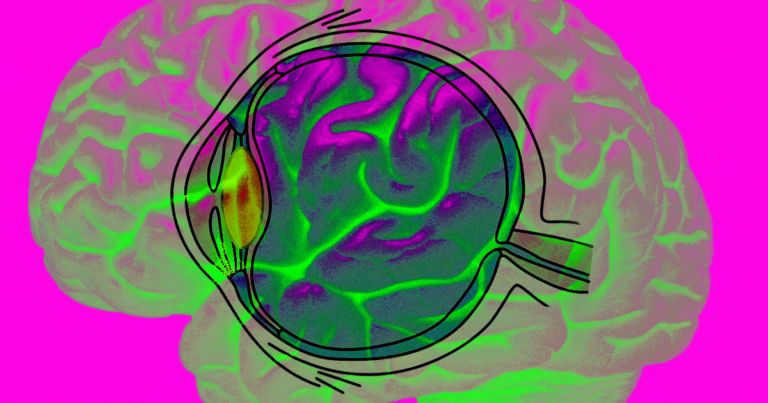
Bernardeta Gómez has been blind for 16 years. But using a bionic eye developed by Spanish neuroengineer Eduardo Fernandez, she was able to see again — without using her biological eyes at all.
The system, which Fernandez is honing at his University of Miguel Hernandez lab, comprises a few different parts, as detailed in a newly-published story in MIT Technology Review.
First, there’s a pair of glasses fitted with a camera that connects to a computer. The computer translates the camera’s live video feed into electronic signals. Those signals are then sent via a cable to a port that Fernandez surgically embedded in the back of Gómez’s skull. That port connects to an implant in the visual cortex of Gómez’s brain.
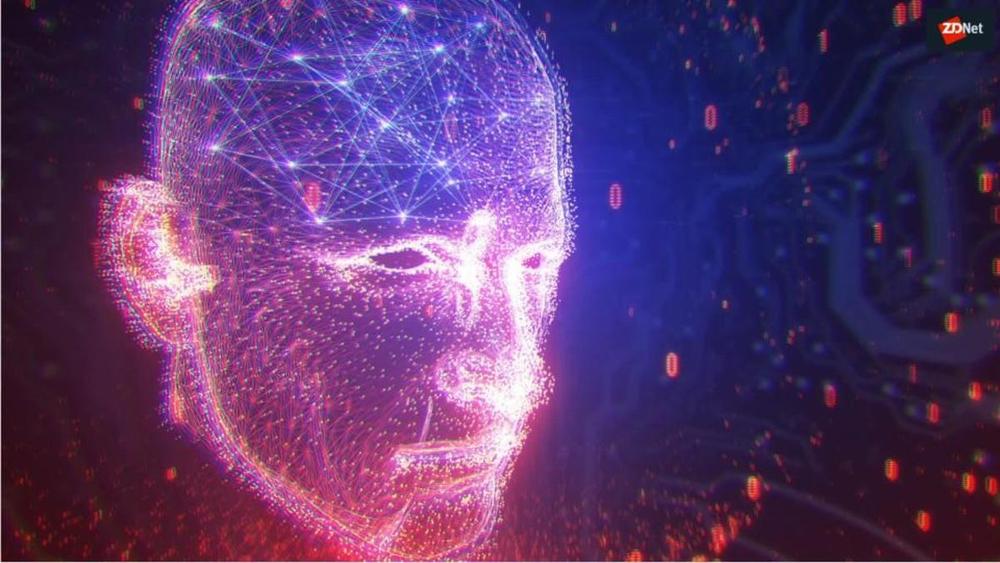
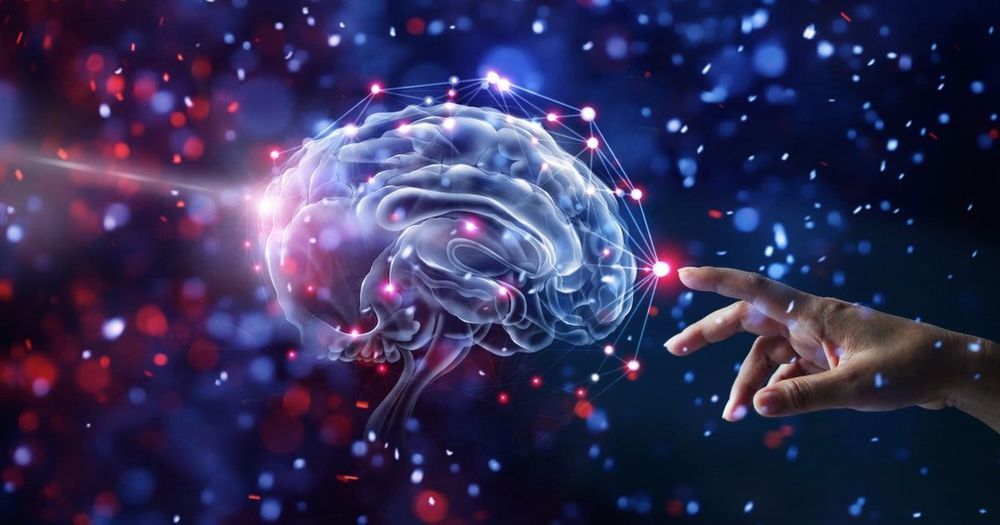
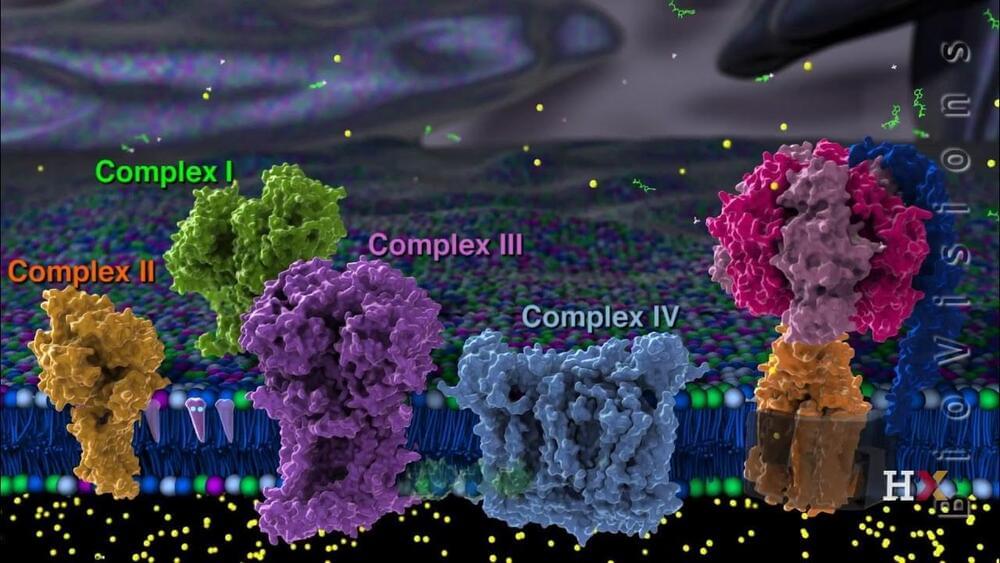
One day, we gonna engineer all of these to build better humankind for those capable of surviving in the vas space.
From our free online course, “Cell Biology: Mitochondria”: https://www.edx.org/course/cell-biology-mitochondria-harvardx-mcb64-1x-1?utm_source=social&utm_medium=partner-marketing&utm_content=youtube-harvardx&utm_campaign=harvardx
Harvard Professor Rob Lue explains how mitochondrial diseases are inherited and discusses the threshold effect and its implications for mitochondrial disease inheritance.
— Subscribe to our channel:
— Sign up for emails about new courses: https://harvardx.link/email
— HarvardX courses on edX: https://www.edx.org/school/harvardx
— Harvard University’s online courses: https://online-learning.harvard.edu/
HarvardX empowers the faculty of Harvard University to create high-quality online courses in subjects ranging from computer science to history, education, and religion.
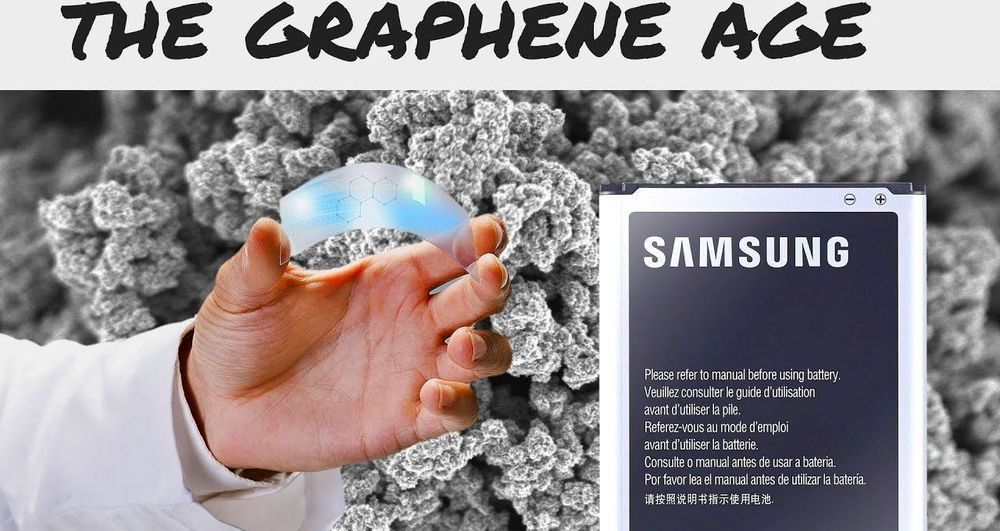
Pre-historic times and ancient history are defined by the materials that were harnessed during that period.
We have the stone age, the bronze age, and the iron age.
Today is a little more complex, we live in the Space Age, the Nuclear Age, and the Information Age.
And now we are entering the Graphene Age, a material that will be so influential to our future, it should help define the period we live in.
Potential applications for Graphene include uses in medicine, electronics, light processing, sensor technology, environmental technology, and energy, which brings us to Samsung’s incredible battery technology!
Imagine a world where mobile devices and electric vehicles charge 5 times faster than they do today.
Cell phones, laptops, and tablets that fully charge in 12 minutes or electric cars that fully charge at home in only an hour.
Samsung will make this possible because, on November 28th, they announced the development of a battery made of graphene with charging speeds 5 times faster than standard lithium-ion batteries.
Before I talk about that, let’s quickly go over what Graphene is.
When you first hear about Graphene’s incredible properties, it sounds like a supernatural material out of a comic book.
But Graphene is real! And it is made out of Graphite, which is the crystallized form of carbon and is commonly found in pencils.
Graphene is a single atom thick structure of carbon atoms arranged in a hexagonal lattice and is a million time thinner than a human hair.
Graphene is the strongest lightest material on Earth.
It is 200 times stronger than steel and as much as 6 times lighter.
It can stretch up to a quarter of its length but at the same time, it is the hardest material known, harder than a diamond.
Graphene can also conduct electricity faster than any known substance, 140 times faster than silicone.
And it conducts heat 10 times better than copper.
It was first theorized by Phillip Wallace in 1947 and attempts to grow graphene started in the 1970s but never produced results that could measure graphene experimentally.
Graphene is also the most impermeable material known, even Helium atoms can’t pass through graphene.
In 2004, University of Manchester scientists Andre Geim and Konstantin Novoselov successfully isolated one atom thick flakes of graphene for the first time by repeatedly separating fragments from chunks of graphite using tape, and they were awarded the Nobel Prize in Physics in 2010 for this discovery.
Over the past 10 years, the price of Graphene has dropped at a tremendous rate.
In 2008, Graphene was one of the most expensive materials on Earth, but production methods have been scaled up since then and companies are selling Graphene in large quantities.
Sources:
http://www.graphene.manchester.ac.uk/explore/the-story-of-graphene/the-early-years/
https://en.wikipedia.org/wiki/History_of_graphene
https://en.wikipedia.org/wiki/Potential_applications_of_graphene
http://luratia.com/graphene/category/graphene-facts#sthash.3FPSTaOQ.IBPmEmGp.dpbs
https://blogs.windows.com/devices/2013/02/07/hero-material-10-fascinating-facts-about-graphene/
https://news.samsung.com/global/samsung-develops-battery-material-with-5x-faster-charging-speed
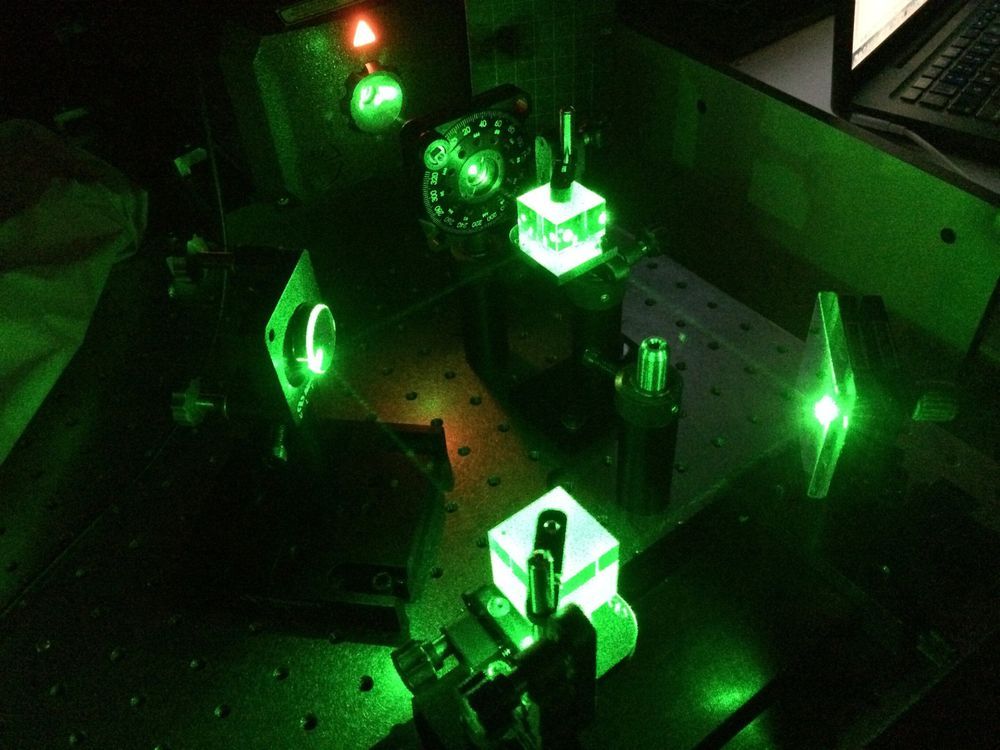
A collaboration between McMaster and Harvard researchers has generated a new platform in which light beams communicate with one another through solid matter, establishing the foundation to explore a new form of computing.
Their work is described in a paper published today in the Proceedings of the National Academy of Sciences.
Kalaichelvi Saravanamuttu, an associate professor of Chemistry and Chemical Biology at McMaster, explains that the technology brings together a form of hyrdrogel developed by the Harvard team with light manipulation and measurement techniques performed in her lab, which specializes in the chemistry of materials that respond to light.

Overall, India’s science ministry, which oversees the department of science and technology; biotechnology; and scientific and industrial research, received 144 billion rupees in the 2020–21 budget, a 10.8% increase over promised funds in the 2019–20 budget.
Latest budget includes more than a billion dollars in funding for quantum computing, communications and cryptography.